Winds of Change: Environmental Monitoring for an Era of Peer Competition
Arlington, VA | November 20, 2023 — The Mitchell Institute for Aerospace Studies is pleased to announce a new entry…
Arlington, VA | November 20, 2023 — The Mitchell Institute for Aerospace Studies is pleased to announce a new entry…
Breaking Defense | August 30, 2023 | Barry Rosen
TechCrunch | August 29, 2023 | David Deptula and Patrick Zeitouni
Defense News | August 4, 2023 | Gen. Joseph Martin (ret.) and Lt. Gen. David Deptula (ret.)
AirPress | August 1, 2023 | Aidan Poling
In this Rendezvous episode, we explore recent news from Ukraine, especially the Wagner Group’s rebellion in Russia. We also discuss how the defense bills are progressing through both the Senate and House—evaluating how priorities are faring as they work through the markup process in the various committees. We also discuss the Hill’s take on “divest to invest.”
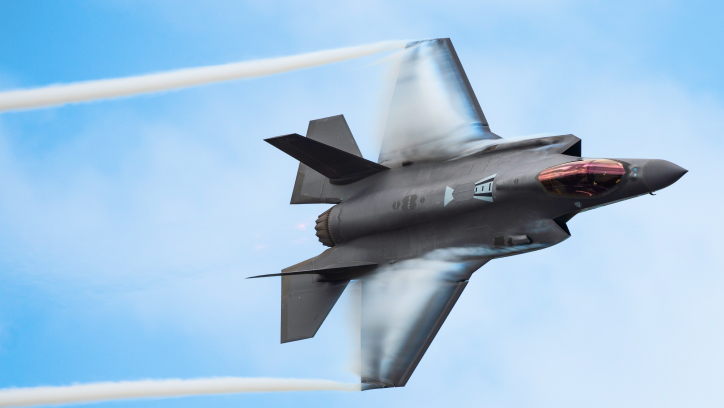
No matter the mission, from air superiority and long range strike to air mobility and command and control, a broad range of missions executed in the air provide vital options at the strategic, operational, and tactical realms.
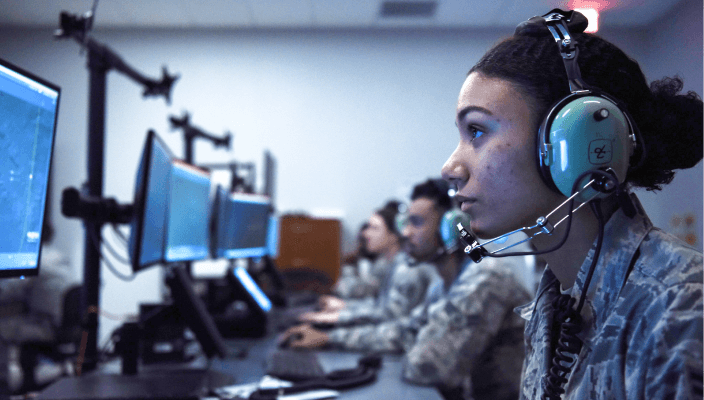
Resource investment must prioritize investments that will yield best value for the Air Force, Space Force, and national security establishment as a whole.
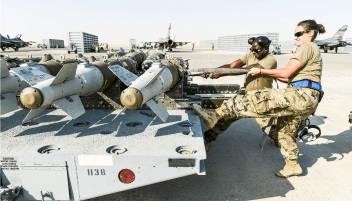
Strategic deterrence is the bedrock of the national security enterprise thanks to the virtues and value of the triad.
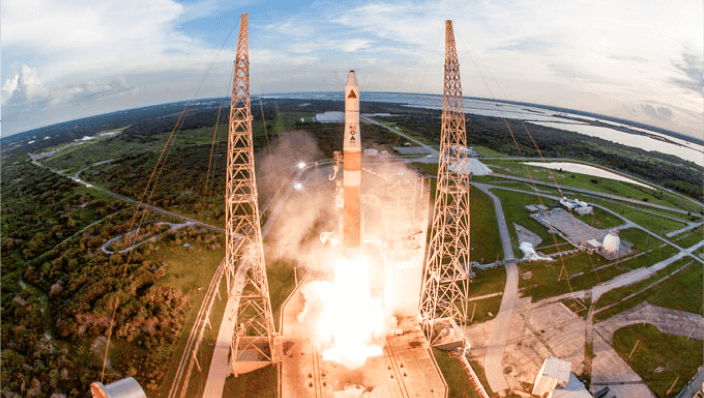
National security space activities are essential facets of any military operation, while also creating conditions essential for the civilian economy.
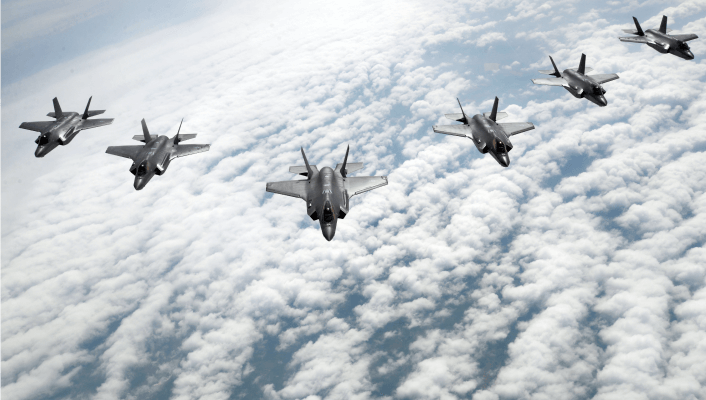
Meeting national security requirements today and tomorrow requires insightful, creative approaches that prioritize America’s strengths, while not projecting undue vulnerability.